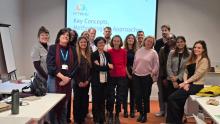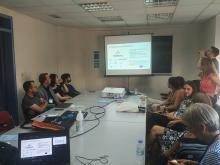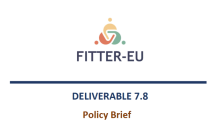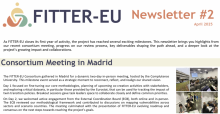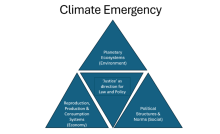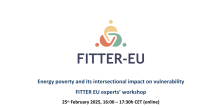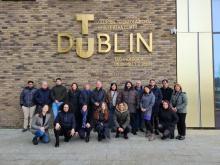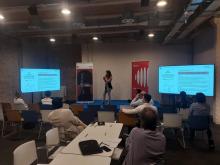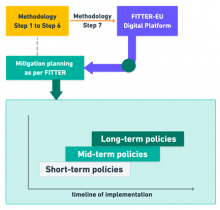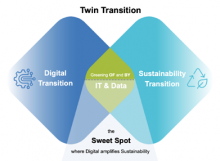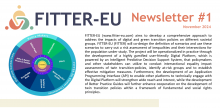DELIVERABLE D2.1 - Embedding Social Justice in Twin Transition Research: Concepts, Definitions and Methodological Approach
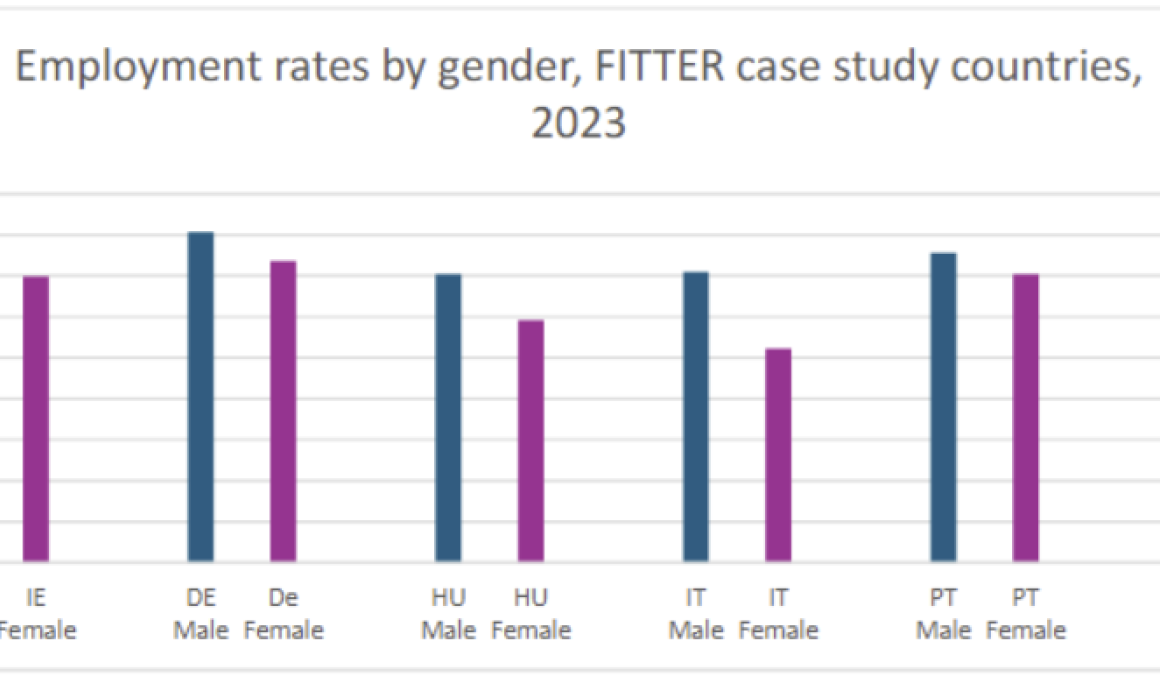
This deliverable articulates the just transition concept and related definitions and provides the foundations for the methodological approach to be undertaken in FITTER, thus guiding the data collection process. At the core of this deliverable is a literature review of theories, approaches and indicators of social justice and of equality. To fully explore the multiple aspects of the just transition, the analysis also considers different drivers of inequality in contemporary European Union (EU), with structural and spatial inequality at its focus. The ‘green’ and ‘digital’ aspects of twin transition concept are examined of their impact on inequalities in four sectors: Energy; Transport; Building & Housing; and Food & Agriculture.
The FITTER project includes six national case studies, conducted by the consortium’s national research teams, and covering the following countries: Germany, Hungary, Ireland, Italy, Portugal and Spain. Each of these research teams conducted desk research, with the aim to gather information and data on existing structural inequalities at the national level, taking into account regional and sectoral variations, and the implications for the twin transition. In conducting this part of the research, all national research teams utilised standardised enquiry forms and grids to assess differences and similarities between the countries. All six national teams were asked the same set of questions to provide a descriptive, narrative account of the selected topics, accompanied with statistics related to the specific topics. The statistics comes from the national statistics office databases and on the Eurostat dataset, with detailed definition of the variables for cross-country comparisons.
As this was an initial mapping, the teams were asked to utilise the Labour Force Survey data which is standardised across EU member states. The statistical mapping task had two aims: (1) to provide data which will allow observing general trends within the countries, and (2) to identify gaps in data which will need to be explored through future iterations of the data gathering process within the project. In addition, public debate was also analysed for each country, with different thematic areas highlighted by each national research team.
Link to the document:

